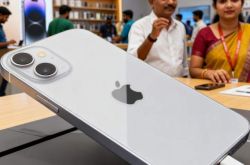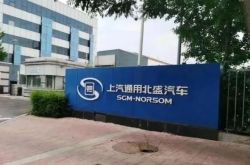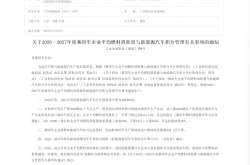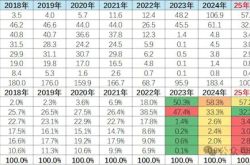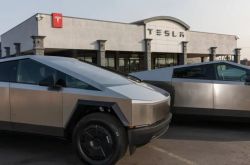Chen Zhuo's 'Mask Slips'?
![]() 01/07 2025
01/07 2025
![]() 475
475
To emulate Lei Jun as an internet celebrity, one must excel in both intelligence and emotional intelligence.
Text
Not long ago, AITO and CATL signed a comprehensive and deepened strategic cooperation agreement, which was initially celebrated as good news.
However, AITO President Chen Zhuo's remark ignited a firestorm of public opinion: "AITO only uses CATL batteries and does not use other inferior brands." This sparked reactions such as, "Wow, BYD batteries are now considered inferior!" and "This CEO lacks emotional intelligence!"
It's challenging to evaluate such a statement.
For a brand executive to disparage other battery manufacturers in public is indeed inappropriate. This arrogant attitude reveals AITO's pride, yet we fail to see the foundation for such conceit.
Ambitions Pieced Together
AITO's confidence is undeniable.
Let's delve into its impressive brand background. AITO, previously known as Changan NIO, a joint venture between Changan and NIO, officially became an independent brand in 2021.
Impressive indeed.
Currently, AITO stands as the eldest son of established automaker Changan Automobile, with CATL, the leader in power batteries, as its second-largest shareholder. Additionally, it enjoys close cooperation with the super brand Huawei.
Such a potent trio of collaborations is rare among automakers.
In December 2024, AITO further solidified its position with these three pillars:
First, Changan announced an additional investment of 4.5 billion yuan, increasing its shareholding to 40.99%, maintaining its status as the largest shareholder.
Second, it signed a deep cooperation agreement with Huawei, which, beyond providing intelligent driving technology, began participating in various aspects of AITO's product development, marketing, and ecological layout. AITO seemingly became a member of Huawei's 'Jie' generation.
Finally, at the end of December, AITO announced that it would be the world's first new energy vehicle brand to adopt CATL's Rock Base platform.
What is this platform? Simply put, envision it as a prefabricated solution in the automotive industry. With this platform, one can build various body types such as SUVs or sedans, similar to NIO's skateboard chassis concept.
In summary, these technologies and collaborations are indeed impressive. However, upon closer inspection, AITO's own core competencies remain unclear.
Despite this, AITO executives publicly stated: "By 2027, we aim to rank among the first tier of domestic high-end automotive brands with global sales of 400,000 units." Clearly, AITO is eager for results.
This eagerness often stems from real-world anxieties.
So, how is AITO faring in reality?
Grasping Both Huawei and CATL, Has AITO Succeeded?
In its three years of existence, AITO's sales have only recently surpassed 10,000 units per month.
In 2024, AITO's cumulative sales reached 73,600 units, achieving 70% of its sales target. However, 2023 was even worse, with annual sales of only 23,500 units, fulfilling only 23.5% of the target.
But AITO's challenges extend beyond mere sales figures.
Let's discuss AITO's pride – its asset-light model, which claims industry-leading capital usage efficiency.
How so? Frankly, the so-called asset-light model leverages supplier technology to its fullest.
Chen Zhuo recently announced that AITO would invest 1 billion yuan in technology research and development over the next three years.
Setting aside the amount for now, is it sufficient in today's multi-billion-yuan new energy arms race?
The purpose of this research and development is to ensure the seamless integration of technologies from Changan, Huawei, CATL, and industry pioneers, thereby creating technological advantages.
However, supplier technology is accessible to all and cannot serve as a competitive advantage.
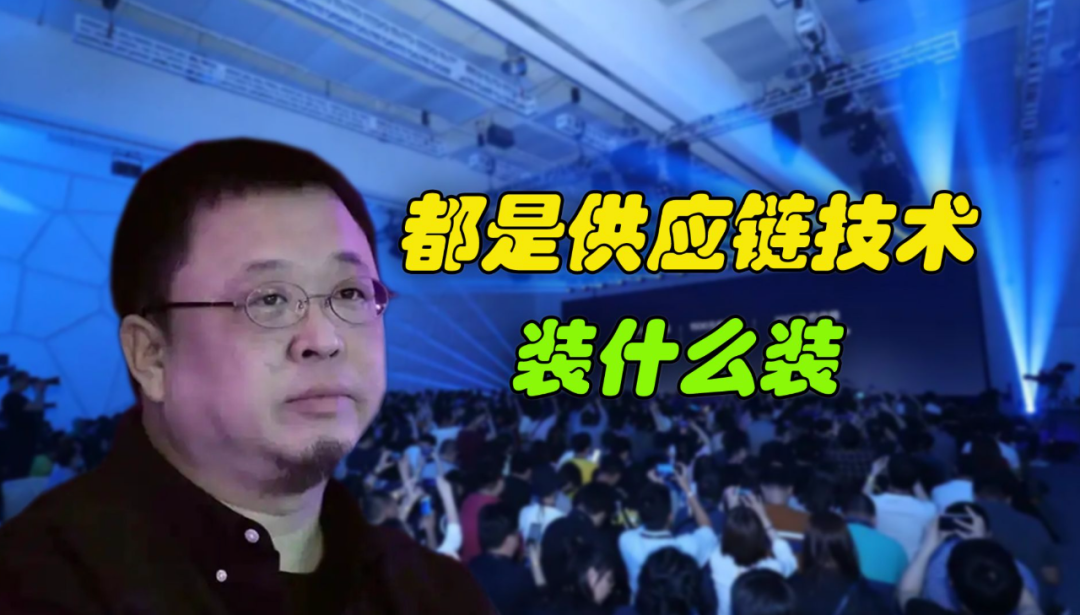
For instance, Xiaomi, which once boasted of its asset-light model, almost failed in 2016 and spent the next five years catching up.
Theoretically, with an asset-light model, AITO's financial situation should be robust, right?
Not quite.
AITO has incurred losses, totaling 2.015 billion yuan in 2022, 3.693 billion yuan in 2023, and 1.395 billion yuan in the first half of 2024. In two and a half years, AITO has accumulated losses exceeding 7.1 billion yuan.
Considering AITO raised nearly 8 billion yuan in previous years, it's likely that all prior financing has been nearly depleted.
According to Changan Automobile's 2024 semi-annual report, AITO's asset-liability ratio stands at a high 94.46%, also among the highest in the industry.
At this juncture, we can't help but marvel at Geely Auto's Jiyue brand, which also adopts an 'asset-light' model with Geely handling production and manufacturing, and Baidu responsible for intelligent driving.
So similar, yet so different in outcomes.
For automakers with poor financials, continuous fundraising is the only option.
In December, AITO completed the largest single financing deal in the automotive market this year, raising 11 billion yuan.
Does this mean AITO's financial woes are resolved?
Not quite.
The funds raised in this AITO financing can be seen as financing for Huawei.
In August this year, AITO stated it would invest 11.5 billion yuan to acquire a 10% stake in Yiwang, but to date, 9.2 billion yuan remains unpaid. These over 10 billion yuan can barely cover the shortfall.
But what about AITO's own brand equity?
2025 is undoubtedly a 'cash is king' year for the automotive industry.
The battle for breakthroughs has arrived, posing AITO's true test.
Since last year, Electric Trend has been forecasting that 2025 will be an even more brutal year for new energy vehicles.
IDC data indicates that the domestic new energy vehicle market will reach nearly 14 million units in 2025, marking a growth rate of approximately 20%.
In contrast, the growth rate in 2024 was 50%, clearly indicating a slowdown.
Under such circumstances, automakers have roughly three strategies to ensure sales:
First, establish a robust brand barrier;
Second, engage in an even more intense price war than in 2024;
Finally, explore overseas markets.
From a brand perspective,
AITO has leveraged Huawei's brand effect to attract some sales, but compared to Huawei's other 'Jie' brands, AITO's brand momentum remains weak. Its brand recognition is insufficient, and it lacks successful viral marketing campaigns.
In terms of sales volume and financials,
AITO lacks a solid foundation for a price war.
Regarding this price war, most think tanks believe it will last for five years based on the product cycle of automobiles. Can AITO, which has been losing money annually, endure this prolonged battle?
Finally, let's consider overseas markets.
Firstly, the European and American markets, which possess significant purchasing power, are increasing tariffs on Chinese new energy products, making short-term breakthroughs challenging.
Ultimately, the competition will revert to the domestic market.
AITO's official plan for overseas markets is to achieve annual sales of no less than 60,000 units by 2027. Whether this sales volume will constitute a breakthrough remains uncertain.
In conclusion, while we find it challenging to see opportunities for AITO,
We nonetheless wish AITO a smooth journey through 2025 in the new year.

